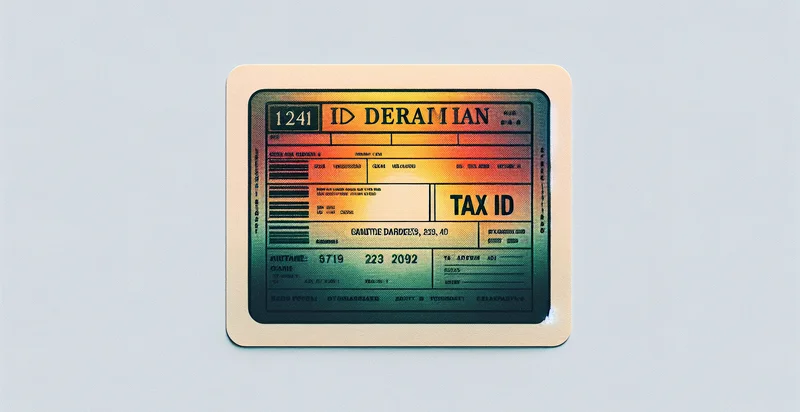Identify if tax id is in plaintext
using AI
Below is a free classifier to identify if tax id is in plaintext. Just input your text, and our AI will predict if the tax ID is in plaintext - in just seconds.

Contact us for API access
Or, use Nyckel to build highly-accurate custom classifiers in just minutes. No PhD required.
Get started
import nyckel
credentials = nyckel.Credentials("YOUR_CLIENT_ID", "YOUR_CLIENT_SECRET")
nyckel.invoke("if-tax-id-is-in-plaintext", "your_text_here", credentials)
fetch('https://www.nyckel.com/v1/functions/if-tax-id-is-in-plaintext/invoke', {
method: 'POST',
headers: {
'Authorization': 'Bearer ' + 'YOUR_BEARER_TOKEN',
'Content-Type': 'application/json',
},
body: JSON.stringify(
{"data": "your_text_here"}
)
})
.then(response => response.json())
.then(data => console.log(data));
curl -X POST \
-H "Content-Type: application/json" \
-H "Authorization: Bearer YOUR_BEARER_TOKEN" \
-d '{"data": "your_text_here"}' \
https://www.nyckel.com/v1/functions/if-tax-id-is-in-plaintext/invoke
How this classifier works
To start, input the text that you'd like analyzed. Our AI tool will then predict if the tax ID is in plaintext.
This pretrained text model uses a Nyckel-created dataset and has 2 labels, including Contains Tax Id In Plaintext and Does Not Contain Tax Id In Plaintext.
We'll also show a confidence score (the higher the number, the more confident the AI model is around if the tax ID is in plaintext).
Whether you're just curious or building if tax id is in plaintext detection into your application, we hope our classifier proves helpful.
Related Classifiers
Need to identify if tax id is in plaintext at scale?
Get API or Zapier access to this classifier for free. It's perfect for:
- Fraud Detection: This function can be employed by financial institutions to scan customer documentation for plaintext tax IDs, which may indicate fraudulent activity. By flagging these instances, businesses can take preemptive measures to verify identities and reduce the risk of financial fraud.
- Compliance Monitoring: Companies in regulated industries, such as finance and healthcare, can utilize this classifier to ensure compliance with data protection regulations. By identifying plaintext tax IDs in documents, they can take corrective actions to safeguard sensitive information and maintain compliance with laws such as GDPR or HIPAA.
- Data Redaction in Legal Documents: Law firms can implement this function to automate the redaction of tax IDs from legal documents prior to sharing or filing. This enhances confidentiality and minimizes the risk of unintended disclosure of sensitive information during legal proceedings.
- Automated Document Processing: Businesses that process a high volume of tax-related documents can leverage this classifier to streamline operations. By quickly identifying plaintext tax IDs, they can efficiently flag documents for further review or initiate automated workflows for processing, saving time and resources.
- Data Quality Improvement: Organizations can use this identifier to enhance the quality of their databases by detecting and correcting plaintext tax IDs within their records. Ensuring that tax IDs are stored securely and appropriately helps maintain database integrity and trustworthiness.
- Customer Service Optimization: Customer service teams can use this function to quickly identify and redact sensitive tax IDs from customer communications. By doing so, they can improve data protection practices while maintaining efficiency in responding to customer inquiries without exposing sensitive information.
- Risk Assessment in Vendor Onboarding: During vendor onboarding processes, companies can utilize this classifier to assess risk by identifying plaintext tax IDs in submitted vendor documentation. This allows businesses to perform due diligence and mitigate potential risks associated with third-party vendors by ensuring proper data handling and security measures are in place.


